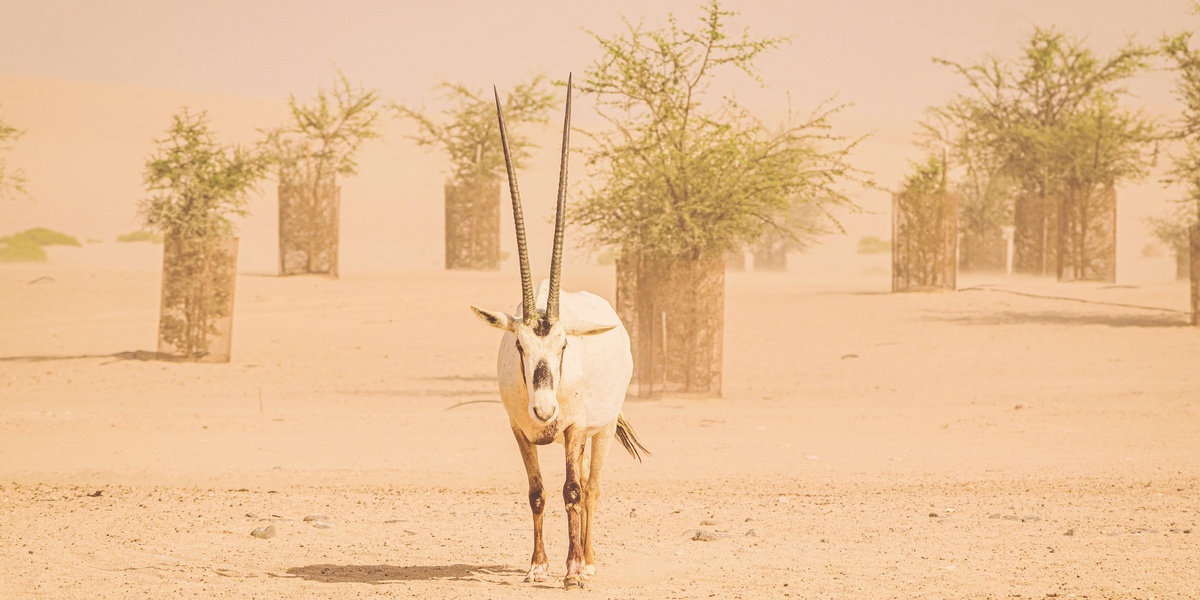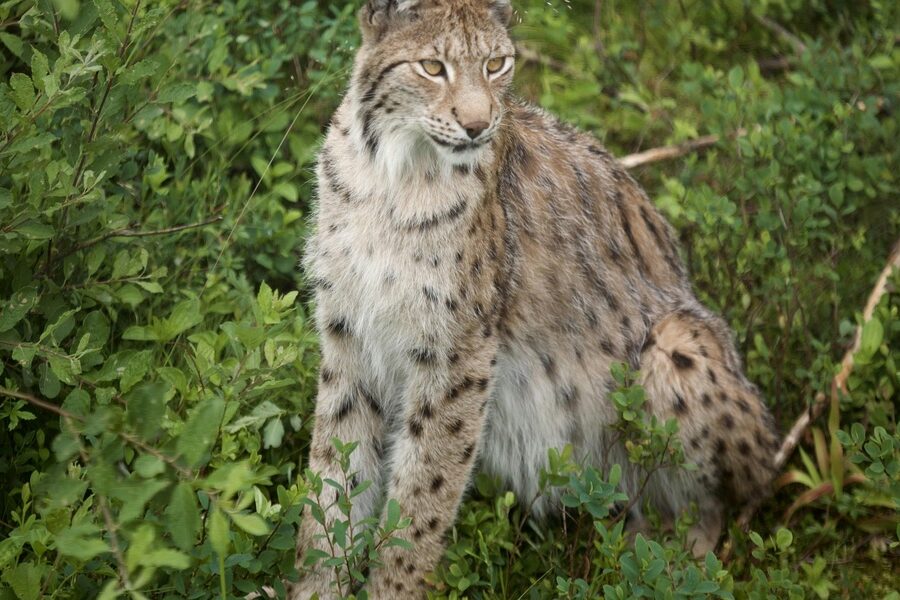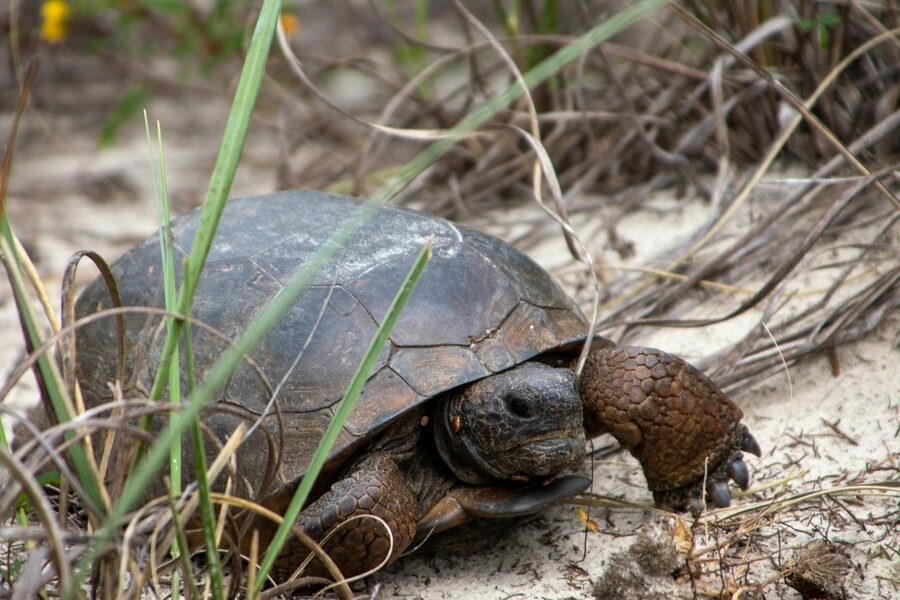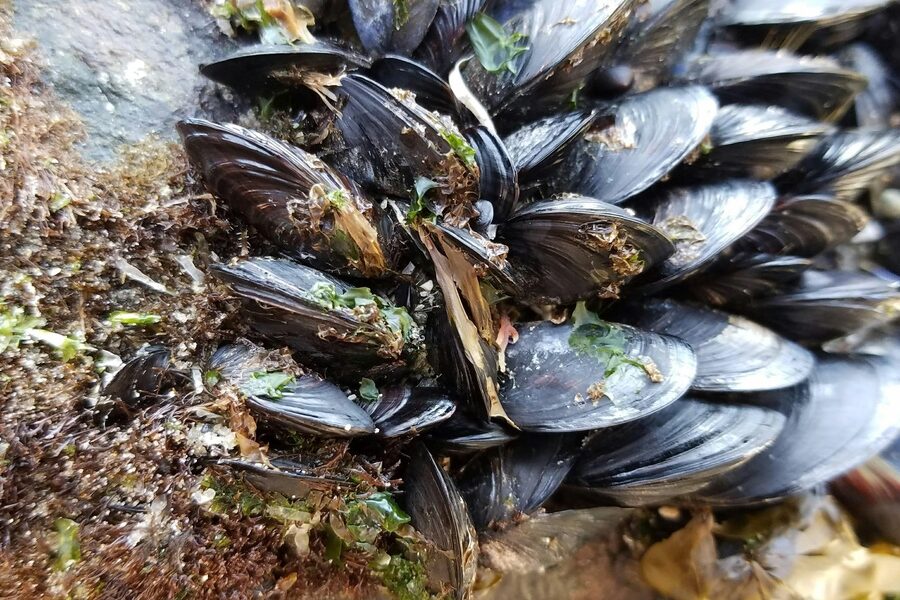Saudi Arabia’s varied landscapes—from the Red Sea coast and coral reefs to inland deserts and the Asir mountains—support a surprising mix of plants and animals. Rapid development, changing land use and marine pressures mean several native species face real risks in the coming decades.
There are 25 Endangered Species in Saudi Arabia, ranging from Arabian Aloe to Whale Shark. The entries list Scientific name,IUCN status,Primary habitat / range; details on each species’ range and status you’ll find below.
How is a species listed as endangered in Saudi Arabia?
Most assessments follow IUCN criteria—population size, decline rate, and range—sometimes supplemented by national surveys and research. Where available I noted the IUCN status in the list so you can see whether a species is globally or regionally threatened and what habitats are most affected.
What practical actions can someone take to help these species?
Support and respect protected areas, choose sustainable seafood, avoid collecting wild plants or animals, and reduce pollution and plastic use; you can also report sightings to local conservation groups or contribute to reputable organizations working on habitat protection and species monitoring.
Endangered Species in Saudi Arabia
| Name | Scientific name | IUCN status | Primary habitat / range |
|---|---|---|---|
| Arabian Leopard | Panthera pardus nimr | Critically Endangered | Remote Sarawat Mountains in western Saudi Arabia. |
| Hawksbill Sea Turtle | Eretmochelys imbricata | Critically Endangered | Coral reefs and nesting beaches of the Red Sea and Arabian Gulf. |
| Scalloped Hammerhead | Sphyrna lewini | Critically Endangered | Coastal and oceanic waters of the Red Sea and Arabian Gulf. |
| Great Hammerhead | Sphyrna mokarran | Critically Endangered | Coastal and oceanic waters of the Red Sea and Arabian Gulf. |
| Oceanic Whitetip Shark | Carcharhinus longimanus | Critically Endangered | Open ocean waters of the Red Sea. |
| Green Sea Turtle | Chelonia mydas | Endangered | Seagrass beds and nesting beaches of the Red Sea and Arabian Gulf. |
| Egyptian Vulture | Neophron percnopterus | Endangered | Open arid lands, cliffs, and mountains across the kingdom. |
| Lappet-faced Vulture | Torgos tracheliotos | Endangered | Arid savanna, open plains, and deserts. |
| Saker Falcon | Falco cherrug | Endangered | Open grasslands and deserts, primarily a wintering species. |
| Steppe Eagle | Aquila nipalensis | Endangered | Open steppes, semi-deserts, and agricultural areas during winter. |
| Whale Shark | Rhincodon typus | Endangered | Coastal and oceanic waters of the Red Sea. |
| Humphead Wrasse | Cheilinus undulatus | Endangered | Coral reefs of the Red Sea. |
| Dragon’s Blood Tree | Dracaena ombet | Endangered | High-altitude cliffs and rocky slopes of the Asir Mountains. |
| Arabian Oryx | Oryx leucoryx | Vulnerable | Gravel plains and sandy deserts like the Rub’ al Khali. |
| Sand Gazelle | Gazella marica | Vulnerable | Sandy and gravel deserts, including the Nafud and Rub’ al Khali. |
| Nubian Ibex | Capra nubiana | Vulnerable | Rocky mountains and escarpments of western Saudi Arabia. |
| Dugong | Dugong dugon | Vulnerable | Coastal seagrass beds in the Red Sea and Arabian Gulf. |
| Socotra Cormorant | Phalacrocorax nigrogularis | Vulnerable | Offshore islands in the Arabian Gulf. |
| Asian Houbara Bustard | Chlamydotis macqueenii | Vulnerable | Desert and semi-desert steppe habitats. |
| Arabian Spiny-tailed Lizard | Uromastyx aegyptia | Vulnerable | Sandy and gravel plains across the Arabian Peninsula. |
| Loggerhead Sea Turtle | Caretta caretta | Vulnerable | Coastal waters and nesting beaches of the Red Sea and Arabian Gulf. |
| Bumphead Parrotfish | Bolbometopon muricatum | Vulnerable | Coral reefs of the Red Sea. |
| Tawny Nurse Shark | Nebrius ferrugineus | Vulnerable | Coastal coral reefs and sandy bottoms of the Red Sea and Gulf. |
| Arabian Aloe | Aloe sabaea | Vulnerable | Steep, rocky slopes in the southwestern mountains. |
| Pharaoh’s Coral | Acropora pharaonis | Vulnerable | Shallow coral reef environments in the Red Sea. |
Images and Descriptions
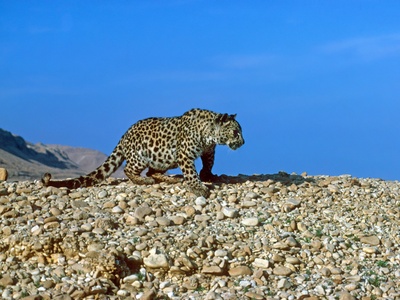
Arabian Leopard
One of the world’s rarest big cats, with fewer than 50 adults left wild. This elusive predator faces extinction from habitat loss, poaching, and depletion of its natural prey in the rugged western mountains, making its protection a top priority.
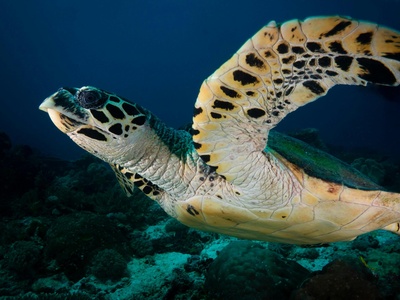
Hawksbill Sea Turtle
Named for its sharp beak, this turtle is vital for coral reef health. Its population has been decimated by illegal trade for its beautiful shell, coastal development on its nesting beaches, and plastic pollution in its marine environment.

Scalloped Hammerhead
Famous for its unique “hammer” head, this shark is severely threatened by overfishing. It is often caught as bycatch in fisheries targeting other species and is a primary victim of the global shark fin trade, causing catastrophic population declines.

Great Hammerhead
The largest of the hammerhead species, this solitary predator is a rare sight in Saudi waters. Its populations have plummeted globally due to immense fishing pressure, both targeted and as bycatch, for its large fins, pushing it to the brink of extinction.

Oceanic Whitetip Shark
Once one of the most abundant sharks in the open ocean, its numbers have crashed by over 98% due to the industrial fishing industry. Its large, distinctive fins make it a prime target for the illegal fin trade, a threat it faces in the Red Sea.
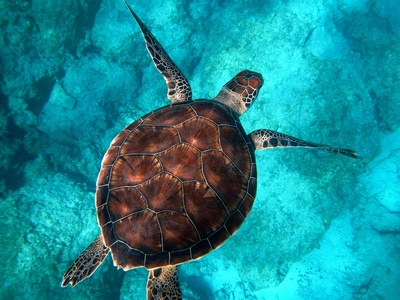
Green Sea Turtle
This large herbivorous turtle nests on sandy beaches along both of Saudi Arabia’s coasts. It is endangered by boat strikes, entanglement in fishing gear, habitat degradation of its seagrass feeding grounds, and poaching of its eggs and meat.

Egyptian Vulture
An intelligent scavenger known for using rocks to break open eggs. This small vulture faces severe threats across its range, including poisoning from agricultural chemicals in carcasses, collisions with power lines, and direct persecution, leading to a rapid decline.
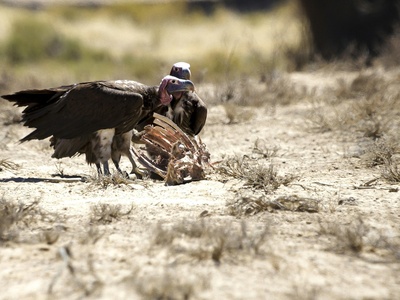
Lappet-faced Vulture
With its massive bill and commanding presence, this is one of the largest Old World vultures. Its numbers are in freefall due to poisoning, habitat loss, and reduced food availability. It plays a critical role as a scavenger in Saudi Arabia’s desert ecosystems.
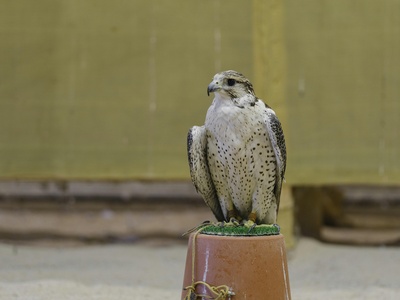
Saker Falcon
A large, powerful falcon highly prized in traditional falconry. Wild populations are collapsing due to illegal trapping for the falconry trade, habitat loss, and electrocution on power lines. It migrates through and winters in parts of Saudi Arabia.
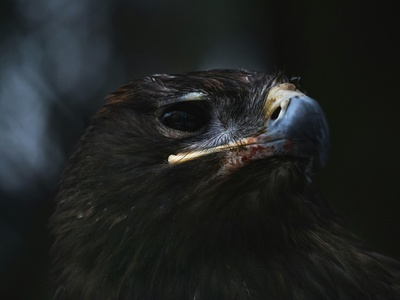
Steppe Eagle
This massive eagle migrates from Central Asia to winter in Africa and the Middle East, including Saudi Arabia. It is threatened by the conversion of steppe habitat to agriculture, poisoning, and collisions with wind turbines and power lines across its vast range.

Whale Shark
The largest fish in the sea, this gentle filter-feeder is a spectacular sight in the Red Sea. Despite its size, it is vulnerable to boat strikes, entanglement in large fishing nets, and plastic pollution, which it can accidentally ingest while feeding.
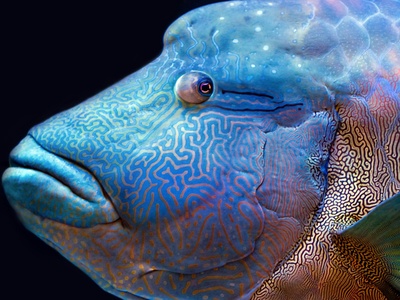
Humphead Wrasse
This massive, colorful reef fish is a prized delicacy in the live reef fish trade, which has devastated its populations. Known for its prominent forehead hump, it is a slow-growing species, making it extremely vulnerable to overfishing in the Red Sea.
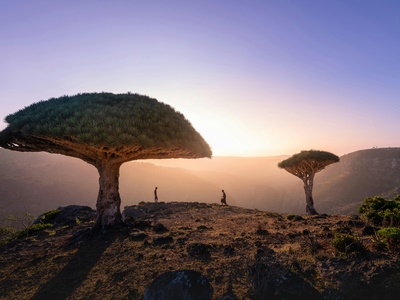
Dragon’s Blood Tree
A rare, umbrella-shaped tree related to the famous Socotran icon, it is found only in a few high-altitude areas in the southwest. Overgrazing by livestock and increasing climate-driven aridity threaten its small, isolated populations with extinction.

Arabian Oryx
Once extinct in the wild, this striking white antelope is a major conservation success story. After a successful reintroduction program, wild herds now roam protected areas like Mahazat as-Sayd, but remain vulnerable to poaching and habitat degradation.

Sand Gazelle
Also known as the rheem, this pale gazelle is perfectly adapted to desert life. Its populations have declined significantly due to illegal hunting and habitat loss from overgrazing by livestock and infrastructure development across its desert home.
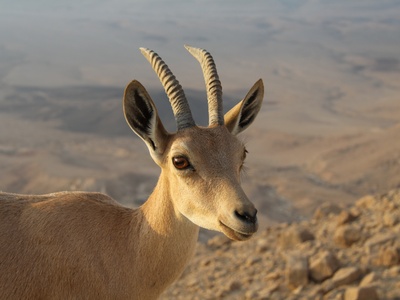
Nubian Ibex
This agile wild goat is adapted to steep, rocky terrain in the mountains bordering the Red Sea. It is threatened by competition with domestic livestock for water and grazing, as well as illegal hunting, which have fragmented and reduced its populations.
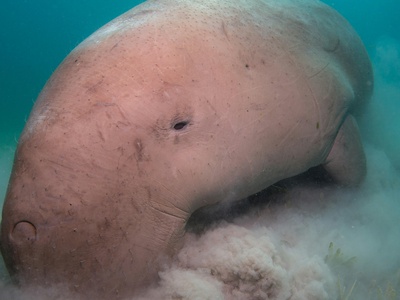
Dugong
The “sea cow” is a gentle marine mammal that grazes on seagrass in shallow coastal waters. Its survival is threatened by the loss of these vital seagrass meadows, deadly boat strikes, and accidental entanglement in fishing nets.
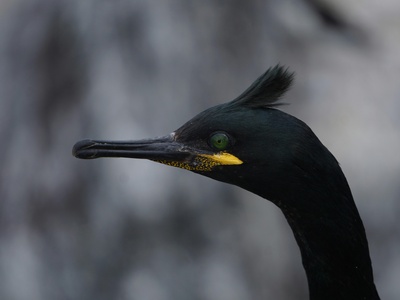
Socotra Cormorant
This seabird forms huge, dense breeding colonies on a few offshore islands in the Arabian Gulf. This concentration makes it extremely vulnerable to disturbances like coastal development, oil spills, and human encroachment on its critical nesting sites.
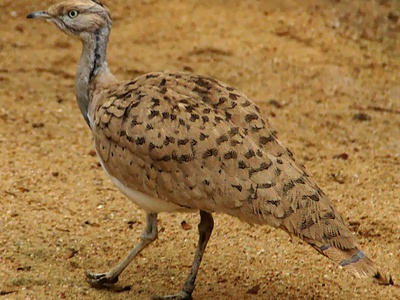
Asian Houbara Bustard
A ground-dwelling bird prized by falconers, leading to immense hunting pressure across its range. In Saudi Arabia, it is threatened by unsustainable hunting and habitat degradation, though captive-breeding programs aim to bolster wild populations.
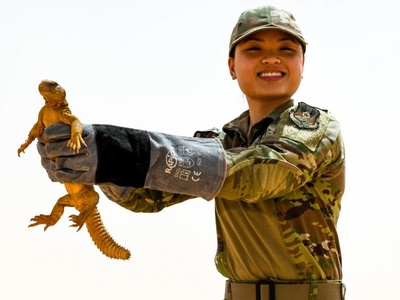
Arabian Spiny-tailed Lizard
Known locally as ‘dabb’, this large, herbivorous lizard is a key desert species. It is heavily threatened by over-harvesting for food and the pet trade, as well as habitat destruction from urban sprawl and agriculture, causing significant population declines.
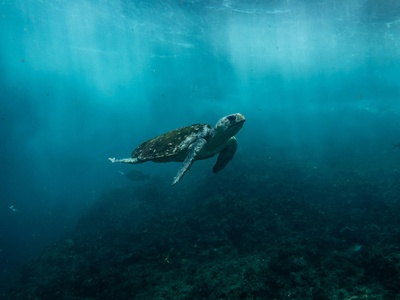
Loggerhead Sea Turtle
Identified by its large head and powerful jaws, this turtle forages in Saudi waters. Like other sea turtles, it is threatened by entanglement in fishing gear (bycatch), loss of nesting habitat due to coastal construction, and marine pollution.

Bumphead Parrotfish
The world’s largest parrotfish, it plays a vital role in reef health by grazing on coral and algae. It sleeps in large groups, making it an easy target for nighttime spear-fishing. Overfishing has caused its numbers to decline sharply in the Red Sea.

Tawny Nurse Shark
A nocturnal, bottom-dwelling shark often found resting in caves or under ledges during the day. It is highly susceptible to coastal fishing pressure and habitat degradation of the coral reefs it depends on for shelter and food.

Arabian Aloe
A spectacular, tree-like aloe that can grow up to 10 meters tall, found only in the mountains of Yemen and southwestern Saudi Arabia. Its small population is threatened by habitat loss, over-collection for ornamental purposes, and climate change.
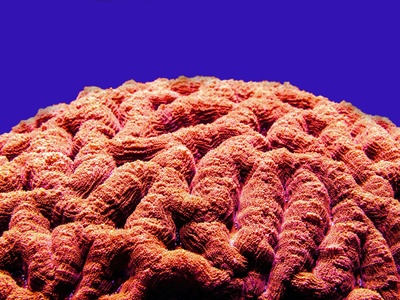
Pharaoh’s Coral
A type of branching, table-like coral that provides critical habitat for countless reef fish and invertebrates. It is highly susceptible to coral bleaching caused by rising sea temperatures, as well as local threats like pollution and physical damage from coastal development.
